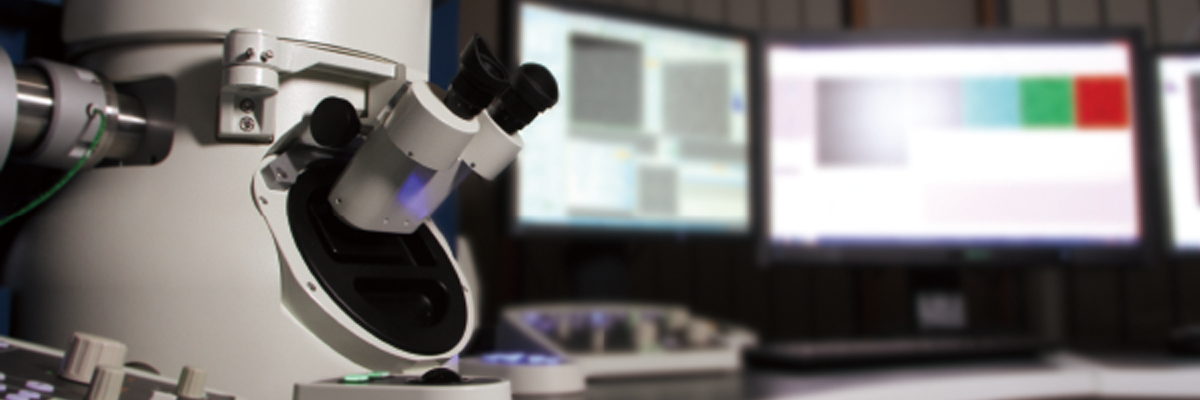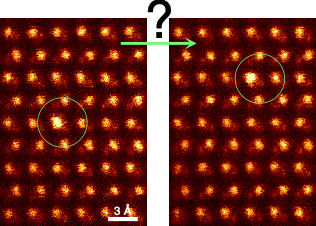


Although it has long been attempted to develop magnetic free objective lenses in electron microscopy, it still requires a strong magnetic field on a sample in the order of a few Tesla (T) for atomic-resolution observation. However, in 2019, the collaboration team between the University of Tokyo and JEOL Ltd. developed an innovative objective lens that realizes atomic-resolution observation in a sufficiently reduced magnetic field of less than 0.2 mT, i.e., 10,000 times smaller than the strength required before. In this project, we will continuously develop the magnetic field free atomic-resolution STEM (MARS), and we will strive for the observation of atomic structures in magnetic materials.

In scanning transmission electron microscopy (STEM), a finely convergent electron beam (< 0.1 nm) is scanned on a sample, and then the electrons transmitted or scattered from the sample are used to form atomic-resolution STEM images. For an acquisition of a single frame of atomic-resolution STEM image (512 × 512 pixels), it takes more than a few seconds or several tens of seconds. However, for the further development of functional materials or devices, it is important to understand materials dynamics at the atomic scale. In this project, we will develop a significantly high spatiotemporal-resolution STEM to image and observe atomic dynamics in materials.

Since the remarkable hardware developments in electron microscopy such as aberration correction technology, it has become possible to identify local structures and chemical mapping at the atomic scale. However, the attainable structure information is two-dimensionally projected atomic arrangements, and hence, it is important to develop a methodology to determine 3D atomic structures. In this project, we will develop depth sectioning that can retrieve 3D atomic structure from experimental datasets. To improve depth resolution, we will develop a complicated multi-pole lens system that can increase the illumination angle. In addition to hardware developments, we will also explore statistical and mathematical methodologies to retrieve 3D atomic structures in functional materials and devices.